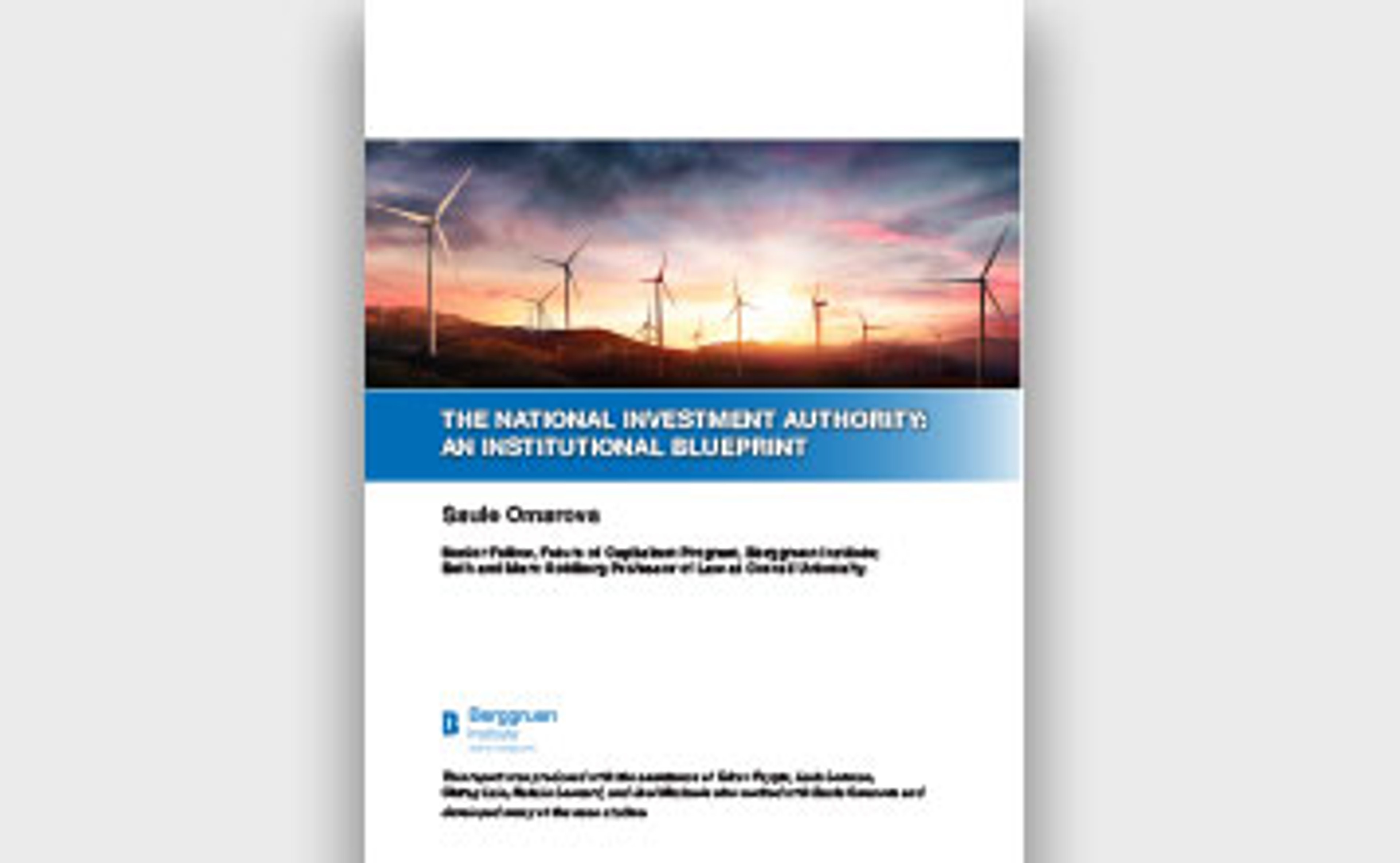Saule Omarova
Saule Omarova is the Beth and Marc Goldberg Professor Law and the Director of the Clarke Program on the Law and Regulation of Financial Institutions and Markets at Cornell University. She holds a Ph.D. in political science from the University of Wisconsin-Madison and a J.D. from Northwestern University. Prior to joining academia, Saule practiced law at Davis, Polk & Wardwell in New York and served at the U.S. Department of the Treasury as a Special Advisor for Regulatory Policy to the Under Secretary for Domestic Finance. Saule is one of the country’s leading academic experts on law and finance, with a focus on systemic risk regulation and structural trends in financial markets. She is the author of numerous articles published in leading law journals and edited volumes. Her research on the roles of financial evolution and regulatory accommodation in the transformation of American banking has drawn attention among U.S. legislators, who regularly seek her advice and Congressional testimony. At the Berggruen Institute, Saule will be working on institutional design for financing sustainable and equitable economic development.
